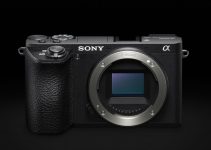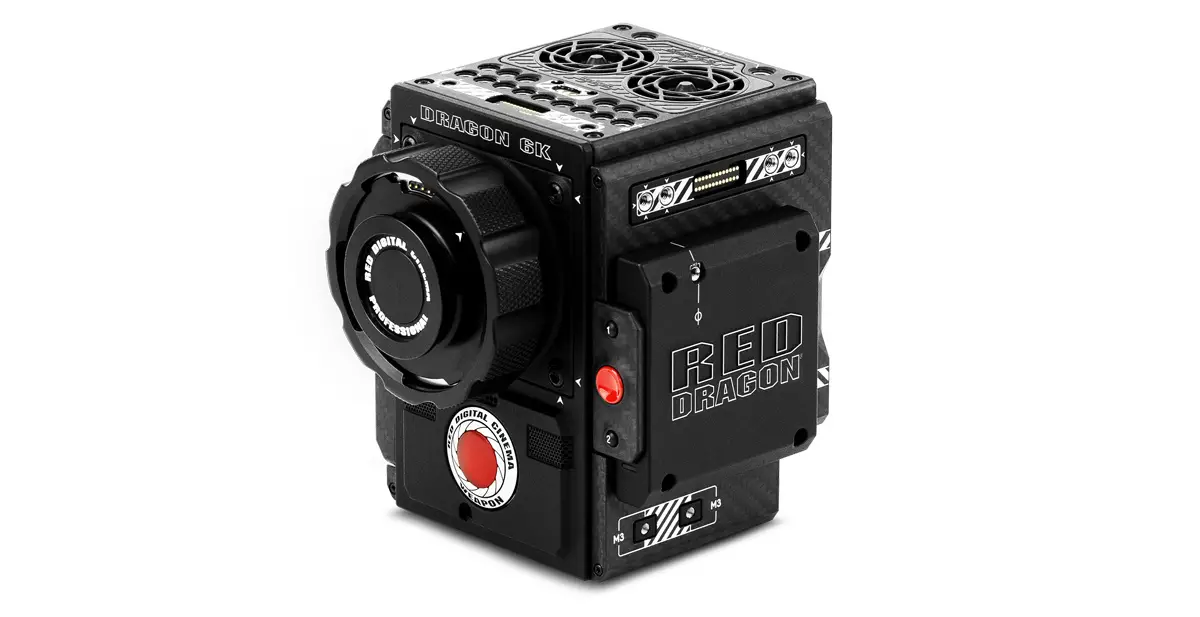Our round of camera comparisons goes on, after all, we all enjoy a thorough and competent pair of judges highlighting the pros and cons of a camera.
The two rivals at hand are not exactly comparable as for the price point, the S1H is a little bit more expensive, but they are much closer to each other in this particular aspect than most of the other indie cine cameras, like say, an URSA Mini Pro, any RED camera or even the other offerings in Panasonic’s rooster, like the EVA-1. That’s why the guys from The Slanted Lens chose to compare the Pocket 6K by Blackmagic and the S1H by Panasonic. Let’s take a look!
Starting with codecs and file types, both cameras aim to get the same quality of their bigger siblings. BRAW and ProRes on the Pocket and H.265 and H.264 on the S1H, just as the URSA G2 and the EVA-1 respectively.
It’s immediately apparent that the color rendition is at least comparable between the two cameras. The skin tones may be a tad softer on the Pocket, but overall we have two great looking, colorful images.
Stressing the sensors in a mixed light environment, with a key light set at 3100K while the background fill and the rim light are balanced at daylight, we see again that the two cameras are actually head to head in this race.
The S1H may feel a little greenish in the mid-tones, but it’s just a few clicks in your grading software to get them to be almost identical. Kudos to both manufacturers that got such amazing quality in so cheap and small cameras.
Moving to the dynamic range test we have a sunny exterior, bright background, almost overexposed, and talent in the shade. The process will be to crank up and down the exposure, stressing more and more the sensors’ capabilities when it comes to dynamic range.
The clips are straight out of the camera, with no post applied. At first, both units begin well, holding on to the dramatic exposure difference between background and foreground, but at +2EV we start to lose it.
It’s incredible how similarly the cameras seem to behave. Testing the range in the opposite direction still gives us very similar results, and both devices suffer more than in the other test.
Underexposing is less forgiving than overexposing on both the Pocket and the S1H, despite the fact the Pocket has a more noticeable noise pattern in the shadows, while the Panasonic seems to get much more in the reddish tint.
With that out of the way, it’s time to stress the ISO range. Both cameras have a dual ISO setting, meaning that the sensor has a lower one for normal shooting, and a higher one to deal with low light situations. The second native ISOs are respectively 3200 on the Pocket and 4000 on the S1H.
Even with the dual setting, though, the Pocket suffers more than the S1H when stressed out. It starts to produce noise patterns and lose detail earlier than the rival. The S1H is still clean at ISO 6400, while the Pocket albeit usable at ISO 4000, hits its limits more or less at that mark.
Drawing our conclusions, we have two extremely viable options. The Pocket is probably the only choice if you are in a limited budget, and surely you won’t regret buying it. The S1H, on the other hand, requires you to shell out a little more cash but offers a great in-body stabilization that the Pocket lacks, and smaller, yet absolutely comparable quality files.
Ultimately, it boils down to your budget and workflow preferences, but indeed both cameras can be used in any high-quality production, and you can be sure you’ll get great results from either one.
[source: The Slanted Lens]
Order Links:
Blackmagic Design Pocket Cinema Camera 6K (B&H, Amazon)
Panasonic Lumix DC-S1H Mirrorless Digital Camera (B&H, Amazon)
Disclaimer: As an Amazon Associate partner and participant in B&H and Adorama Affiliate programmes, we earn a small comission from each purchase made through the affiliate links listed above at no additional cost to you.



